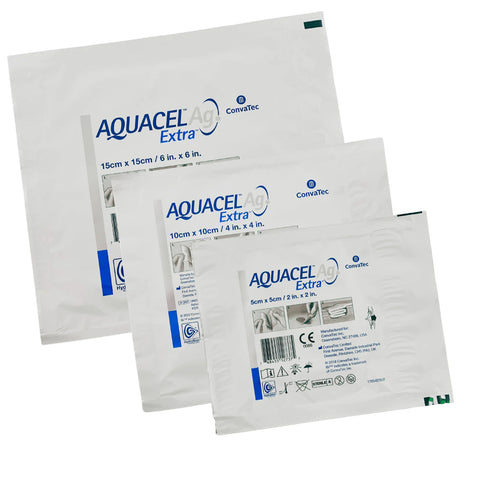In the field of healthcare, the management of wounds has undergone significant advancements, particularly in the development of dressing technologies. These innovations are designed to promote faster healing, reduce infection rates, and improve overall patient outcomes. This blog post explores some of the cutting-edge technologies in wound care, focusing on silver dressings and other advanced solutions.
Understanding the Need for Advanced Wound Care
Chronic wounds, such as diabetic ulcers, pressure sores, and venous leg ulcers, require meticulous care and can pose a significant challenge in medical treatment. These wounds are prone to infections and can be slow to heal, which places a burden on healthcare systems and affects the quality of life of patients. Advanced wound care products are specifically designed to address these challenges by enhancing the healing environment and offering protective features against infections.
Silver Dressings
One of the standout innovations in wound care is the use of silver dressings. Silver has long been recognised for its antimicrobial properties, making it an ideal component in wound management.
How Silver Dressings Work:
- Antimicrobial Action: Silver ions released from the dressings are highly effective in killing bacteria, including antibiotic-resistant strains, thereby reducing the risk of infection.
- Extended Protection: Silver dressings provide a sustained release of silver ions over several days, offering long-term antimicrobial protection.
- Promoting Healing: By reducing the bacterial load on a wound, silver dressings help in creating a more favourable environment for wound healing.

Other Advanced Dressing Technologies
Beyond silver, there are several other innovative dressing types that have transformed wound care:
-
Hydrocolloid Dressings: These are gel-forming agents that provide a moist and insulating healing environment. They are particularly effective for dry or slightly exuding wounds and can stay in place for several days.
-
Foam Dressings: These are highly absorbent and are used for wounds with higher levels of exudate. They also provide cushioning, which is beneficial for pressure ulcers.

-
Alginate Dressings: Made from seaweed extract, these dressings are best suited for wounds with significant exudate. They form a gel when in contact with wound fluid, promoting healing and making change of dressings less painful.
-
Collagen Dressings: These stimulate natural healing processes by attracting new skin cells to the wound site. Collagen dressings are particularly useful in managing chronic wounds that have stalled in the healing process.
Implementing Advanced Dressing in Clinical Practice
Incorporating these advanced dressings into clinical practice requires training and knowledge. Healthcare professionals must assess the type of wound, the amount of exudate, and the presence of infection to select the appropriate dressing. Furthermore, understanding the properties and application techniques of these advanced products is crucial for maximizing their benefits.
The Future of Wound Care
The future of wound care looks promising with ongoing research and development. Emerging technologies such as smart dressings embedded with sensors that can monitor healing parameters and deliver targeted therapies are currently in development. These innovations could further revolutionise the management of wounds, offering more personalised and effective treatment options.
The advancements in wound dressing technology represent a significant step forward in the management of both acute and chronic wounds. From silver dressings to smart, sensor-equipped materials, these innovations not only speed up healing but also improve the quality of life for patients dealing with wounds. As technology continues to evolve, the scope for improved wound care is vast, promising even better outcomes in the years to come.











